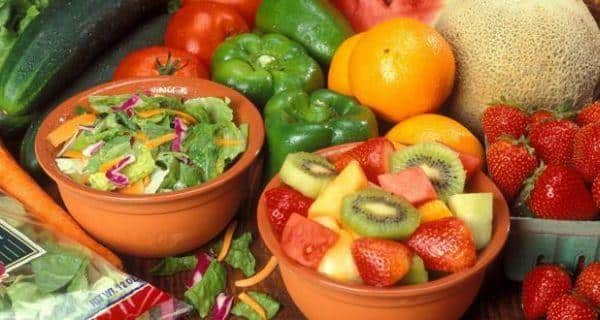Low haemoglobin count? Try these natural ways to improve your levels

Do your blood reports show that your hemoglobin levels are below normal? Well, your doctor might prescribe you iron or vitamin supplements depending on what has caused the levels to lower to get them back to normal. But these tablets may help you only for a short period of time. Once you stop taking the supplements, your hemoglobin levels might drop again unless you incorporate a few dietary changes to maintain your hemoglobin levels naturally.
Tips to increase hemoglobin levels naturally:
Although there are many more reasons like blood loss, bone marrow defects, cancer, kidney problems and use of certain drugs that can cause low levels of hemoglobin, nutritional deficiency of iron, folic acid, vitamin C and vitamin B12 is the most common reason for low haemoglobin levels. Deficiency of each of these can be corrected by adding different foods to the diet. Let’s have a look at them individually. Here are 11 healthy foods to improve your haemoglobin count.
Low hemoglobin levels due to iron deficiency:
Iron deficiency anaemia can be easily corrected by including iron rich sources in the diet.
- Leafy vegetables like spinach (palak) and fenugreek leaves (methi), beans and lentils like masoor daal, chole, moong daal, toor daal, urad daal, rajma are also good sources of iron to resort to.
- Asparagus (shatwar) and sesame seeds (til) are other good sources of iron.
- Grains like barley (jav), rice (chawal), semolina (sooji), millet (bajra) and maize (makai) can also be included. You could use combination of any of these sources to cook delicious iron rich recipes.
- If not, munch on dried fruits such as almonds (badaam), dried peaches or raisins (manuka). If you’re a non-vegetarian, meat and fish are the best sources of iron for you.
- Add dried herbs to your diet, especially, coriander (dhania), spearmint (pudina), basil (tulsi), chervil (chevil), dried parsley (sukhe ajamoda), bay leaf (tejpatta).
- Another way to increase iron absorption is to minimise the intake of calcium rich foods like milk and cheese because they block the absorption of iron. Don’t drink too much of coffee, tea and alcohol.
- Avoid eating foods containing gluten like pastas and wheat products, which are also linked to anaemia.
- Sometimes, foods such as parsley (ajwain) that are rich in oxalic acid may also interfere with absorption of iron. Have them in limited quantities.
Low hemoglobin levels due to vitamin C deficiency:
Vitamin C helps the body to absorb iron from foods. So without adequate vitamin C, iron from food sources will not get absorbed efficiently.
- Low haemoglobin levels due to deficiency of Vitamin C can be corrected by eating fruits like guava (peru/amrud), kiwi, papaya, oranges, strawberries and grapefruit. Add all fruits together to make a delicious fruit salad or make your mixed fruit juice.
- You can also obtain vitamin C from vegetables including capsicum (Simla mirch), broccoli (hara phool gobi), cabbage (Gobi), tomatoes and spinach (palak).
Low hemoglobin levels due to folic acid deficiency:
If your haemoglobin count is low because your body is not producing sufficient red blood cells, then you could be deficient in folic acid, a B complex vitamin that is required to make red blood cells.
- Sources of folic acid include lentils, dried beans, peas, Brussels sprouts (chota band gobi), banana, corn (makai), beets, pineapple and peanuts. (Note: If you are having more of Vitamin C sources then you’ll have to increase the intake of folic acid as well because vitamin C causes excretion of folic acid from the body.
- Breakfast cereals like rice are also fair sources of folic acid.
No comments:
Post a Comment